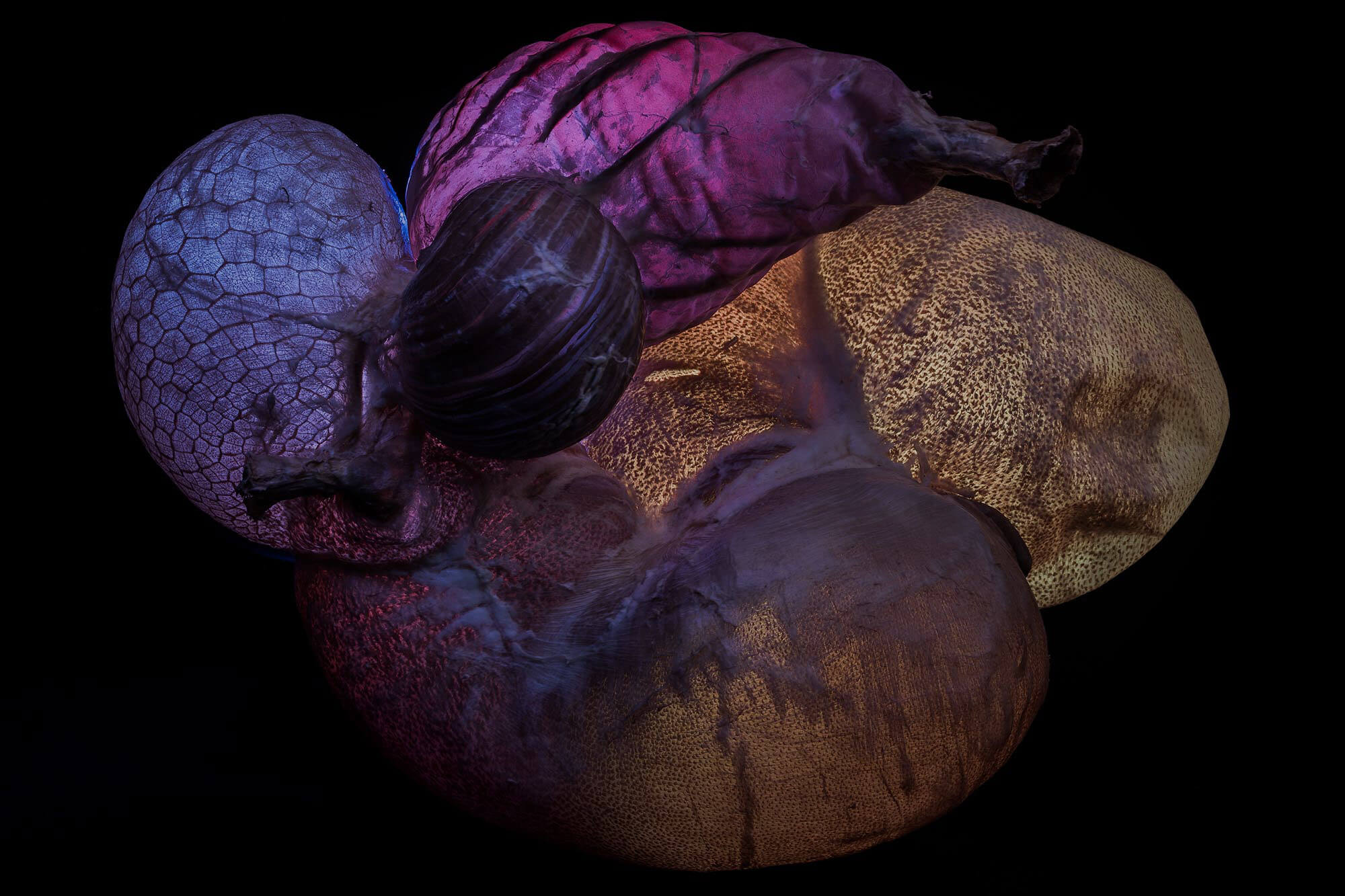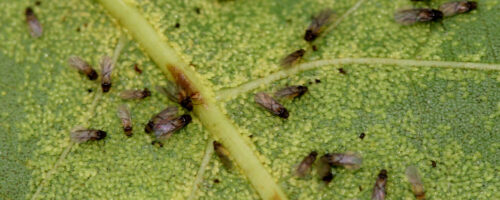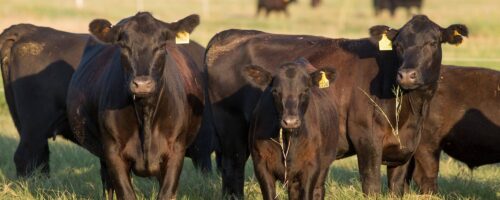An Introduction to the Rumen Microbiome
The rumen microbiome is very complex, and the diversity of ruminal microorganisms can be affected by diet composition, genetics and environmental factors.
The discovery of the microbiome has allowed scientists over the last 10 years to understand the functions, processes and mechanics of how microorganisms work.
WHAT IS A MICROBIOME?
A microbiome is the genetic material of a collection or community of microorganisms in a particular environment. Ruminants, beef cattle for example, have a highly competitive community with a complex microbiome that consists of bacteria, archaea, protozoa, fungi and viruses. These microorganisms, bacteria for example, can either be symbiotic and work with one another or be competitive against each other to complete a specific function.
Microorganisms can either be symbiotic and work with one another or be competitive against each other.
WHAT TYPES OF MICROORGANISMS LIVE IN THE RUMEN?
The rumen microbiome is very complex, and the diversity of ruminal microorganisms can be affected by diet composition, genetics and environmental factors. There are approximately 7,000 bacteria species and 1,500 archaeal species in the rumen. Rumen protozoa is present when animals are fed high-grain diets, and rumen fungi represents approximately 10 percent of the total rumen microbiome at any given time.

FOUR PARTS OF THE RUMINANT STOMACH
Reticulum
Moves chewed-up food particles from the esophagus to the rumen and omasum.
Rumen
Acts as a fermentation vat where larger food particles are digested by microbes.
Omasum
Receives smaller food particles directly from the reticulum. Absorbs nutrients and water.
Abomasum
Produces and receives enzymes that help with protein absorption in the intestines.
WHY ARE RUMEN MICROBES IMPORTANT?
Rumen microbes play an important role in rumen development in young, nursing calves. They also play important roles in the nutritional (such as feed and digestion), physiological and immunological functions of its host. They oftentimes support each other to ferment plant structural and nonstructural carbohydrates and proteins.
HOW DOES DIET AFFECT THE MICROBES?
Diet affects the rumen microbiome population, and a rapid change in the diet can drastically change the microbiome population. These populations are different for nonstructural carbohydrates (concentrate diets: starch versus non-starch) versus structural (forage: annuals versus perennials) carbohydrates. Rapid changes can cause delayed animal response (body weight gain, immunity, etc.) to a specific diet.
WHAT ARE SOME EXAMPLES OF THE ROLES MICROBES PLAY IN THE RUMEN?
Bacteria dominate the gut and contribute mainly to the production of volatile fatty acids (VFAs). Some bacteria species (Eubacterium ruminantium) are responsible for converting unsaturated fatty acids to more saturated fatty acids in the gut, which is necessary for fiber breakdown. These are more common from animal to animal. Some species (Megasphaera elsdenii) take up lactic acid to reduce the incidence of acidosis in the rumen. These vary in concentration from animal to animal. Archaea’s main responsibility (approximately 90 percent) is tying up the extra hydrogen in the rumen to convert it to methane production.
WHAT ARE SCIENTISTS DOING TO BETTER UNDERSTAND THE RUMEN MICROBIOME?
Scientists now have the ability to genetically sequence the genome of specific microorganisms. This sequencing would allow for future research into the discovery of targeting specific microorganisms and changing the outcome of specific responses to diet, environment and health challenges.
HOW COULD RUMEN MICROBIOME RESEARCH HELP LIVESTOCK PRODUCERS?
The biggest impact this discovery could have on the beef industry is during the pre-weaning phase and through the stocker phase, before entering the feedlot. This period is when the biggest change in diet occurs during a calf’s life (for fall-weaned calves in the South, the diet changes first from milk to hay plus supplement then to cool-season grasses). Approaches to engineering the early rumen microbiome to promote rumen development and function would improve the negative effects of transition during the weaning process. Other impacts of this discovery could include inhibiting rumen methanogens, which could mitigate methane emissions in ruminants, as well as discovering new genes with fiber-degrading activities that enhance forage efficiency. For example, research out of New Zealand focuses on understanding rumen function to find a balance between food production and greenhouse gas emissions.
WHAT DOES THE FUTURE HOLD FOR RUMEN MICROBIOME RESEARCH?
Expect to see new technologies to identify species and their roles in the rumen ecosystem. By identifying the species that make up the rumen microbiome and their roles, researchers will have a better understanding of rumen function and the roles these microorganisms have on improving animal productivity and decreasing environmental pollutants.

40
The rumen holds about 40 gallons.
1ML
One milliliter of rumen fluid contains:
10 MILLION PROTOZOA
Protozoa
Protozoa are almost visible to the naked eye at 100 microns in length. Nearly 10 million protozoa populate just 1 milliliter of rumen fluid. Protozoa digest bacteria, starch granules and fiber.
100 BILLION BACTERIA
Bacteria
Bacteria are 100 times smaller than protozoa.
Bacteria digest sugars, starch, fiber and protein.
10 THOUSAND FUNGI
Fungi
Fungi produce powerful cellulolytic enzymes key to breaking down fiber in grass and hay, making forage more easily digestible. Comparatively, this is a smaller population, however, fungi are influential in nutrient delivery to cattle.
Source: Beef Magazine
Read the full article online at bit.ly/rumen-microbes



Comment